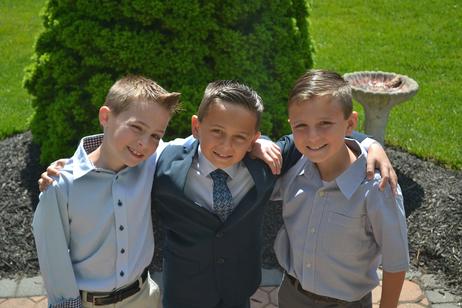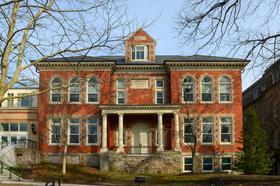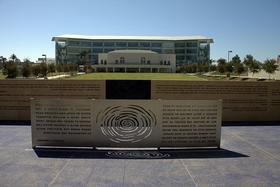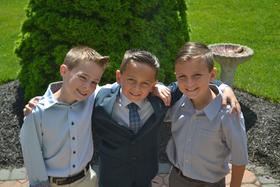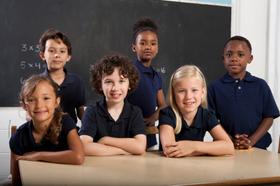How Many Politicians Send Their Kids to Public Schools?
Public education becomes a popular platform for politicians during election season. However, just how many of those federal legislators enjoy the fruits of their labor? According to some of the most recent figures, many public servants opt for private schools to educate their children and grandchildren. We'll take a look at some of the specific numbers to determine just how big a stake our country's politicians have in the state of our public education system today.
The Heritage Foundation
The Heritage Foundation is a research and educational think tank founded in 1973. According to the organization's website, a survey conducted on members of Congress in 2003 showed that nearly half of the members sent at least one child to private school. Specific figures showed that 41% of representatives in the House and 46% of U.S. senators send or have sent at least one of their children to a private institution. That contrasts with the rest of the country, where only 10% of families send kids to private schools. This 2003 survey showed similar results to surveys conducted in 2001 and 2002, indicating the ongoing trend.
This debate from 2007 illustrates the issue of politicians supporting public schools yet sending their children to private schools.
Other data gathered by the Heritage Foundation showed the following Washington elite also exercised their private school option:
- 31% of House Education and Workforce Committee members
- 45% of House Ways and Means committee members
- 56% of Senate Health, Education, Labor, and Pensions Committee members
- 47% of Senate Finance Committee members
- 29% of Congressional Black Caucus members
- 46% of Congressional Hispanic Caucus members
The Heritage Foundation polled all House and Senate members to find out if any had ever sent a child to a private school or currently had a child enrolled in such an institution. Three attempts were made to get information from every Congress person, and if no response was given, the organization resorted to 2001 data for the sake of the survey. Members without any response were placed into a "No Response" category.
Public Officials Who Choose Public School
According to a report at Black Voices, the last president to send his child to a public school was Jimmy Carter. Carter's daughter Amy attended Stevens Elementary and Hardy Middle School in Washington DC before enrolling in Holton-Arms, a private school in Bethesda. Amy was constantly flanked by security during her public education years, and she wasn't allowed to play on the playground at recess because it was too close to a street. However, those in the city who saw the President utilize the public schools in his area were more likely to believe him when he said he advocated for a better school system for all American children.
Currently, President Obama's two daughters, Malia and Sasha, attend Sidwell Friends School, a private Quaker-inspired institution with an annual tuition of around $29,000, according to a report at Take Part. Vice President Joe Biden's granddaughters also attend Sidwell. Before Obama became president, his children attended private schools in Chicago. Obama's former Chief of Staff, Rahm Emanuel, also sent his kids to private schools in Washington DC. If he is elected mayor of Chicago, he is unsure where to enroll his children.
It's not just Washington that likes private schools. Across the country, governors and other state officials are also sending their kids to private institutions rather than their neighborhood schools. New York City Mayor Michael Bloomberg sent his daughters to Spence School, an all-girls private school that costs about $34,000 annually. California governor Arnold Schwarzenegger's daughter attended Brentwood School, with a similar price tag.
This video looks at the strategic plan of Sidwell Friends School in Washington, DC.
School Choice for All?
Despite Washington's willingness to exercise its private school option, it has not been so quick to grant that ability to the rest of the country. In 2001, the House of Representatives voted down two amendments that would provide scholarships to students in low-performing or dangerous public schools so they could attend other schools in their areas. Around the same time, the Senate voted down a similar amendment. Amendment 90, which would have helped states establish innovative educational options for families with disabled children, was also voted down by Congress.
This video reports on the 2015 education law, the Every Student Succeeds Act.
While many in Washington say they are advocating for an improved school system, it does not appear to some that they are practicing what they are preaching. Until Congress and other political figures begin investing in our public schools firsthand by sending their children to the schools in their neighborhoods rather than elite private institutions, it's hard to believe they really have the best interests of the American youth at heart.
Questions? Contact us on Facebook and Instagram. @publicschoolreview
#PoliticiansAndEducation #SchoolChoice #PublicVsPrivate #EducationEquity #PolicymakerChoices #publicschools

